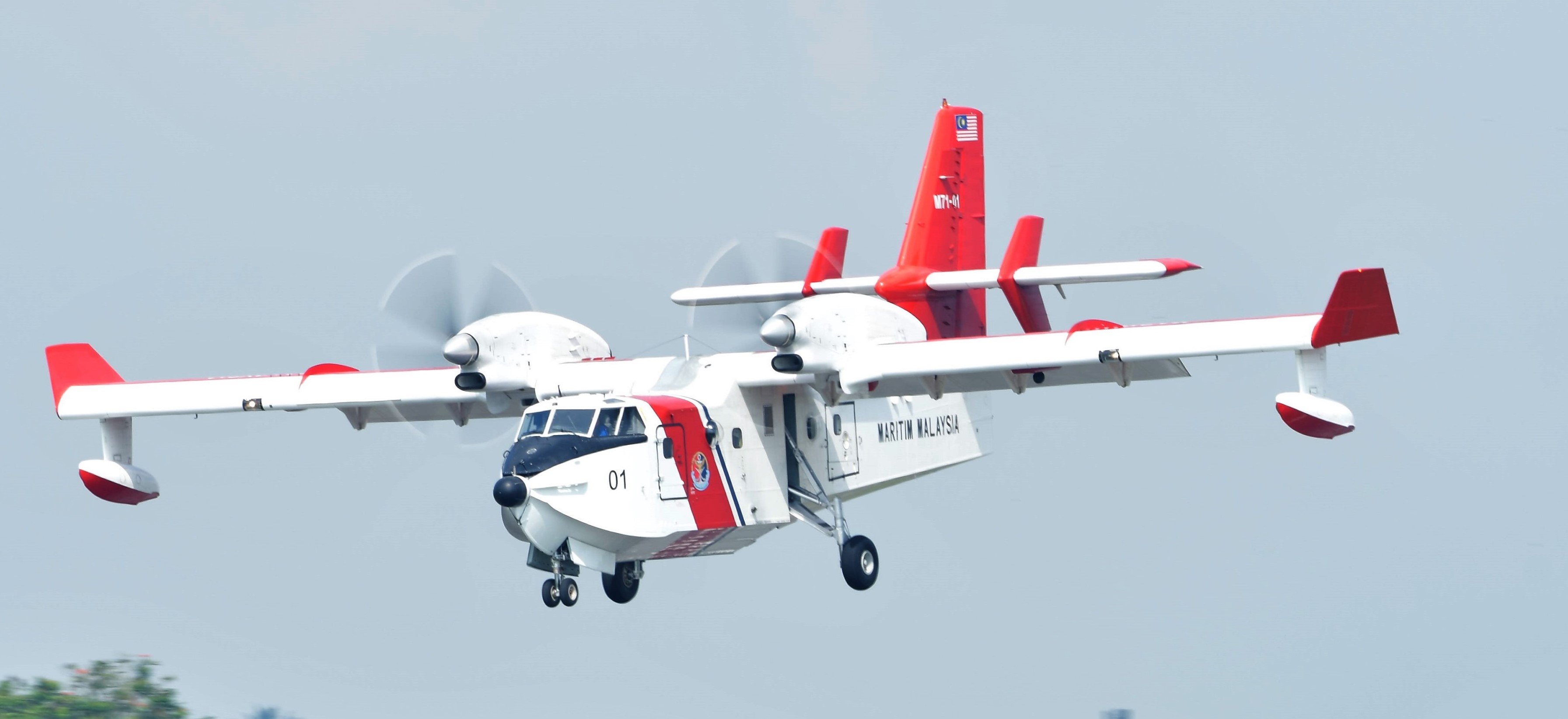
SHAH ALAM: The Malaysian Coast Guard (MMEA) has been designated as the lead agency for air surveillance of the country’s maritime domain. MMEA will coordinate the use of government air assets for surveillance duties, meaning it will be working together with RMAF and police.
As you aware specialised airborne surveillance assets are quite rare in Malaysia.
MMEA itself operates two CL-415 multi-purpose amphibians while RMAF surveillance role is undertaken by three Beechcraft King Air 200T MPA while the police’s Air Wing also has two Super King Air 350i equipped with surveillance equipment.
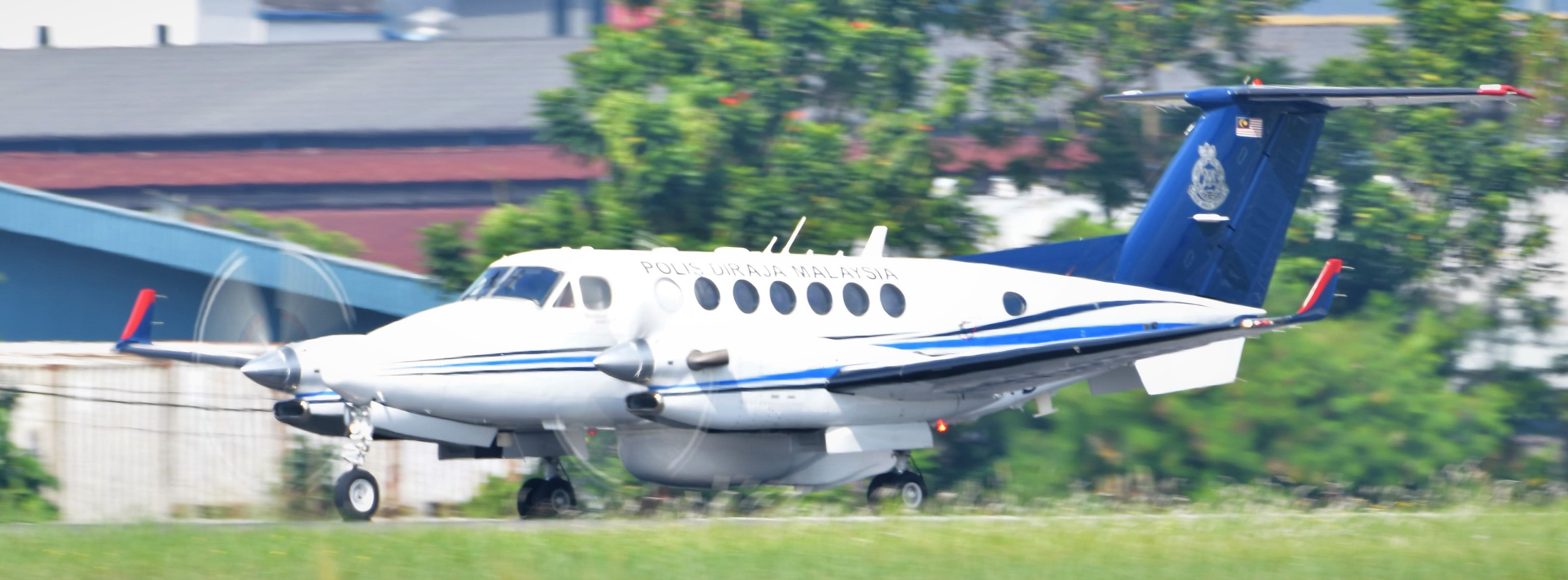
From New Straits Times
Deputy Prime Minister Datuk Seri Dr Ahmad Zahid Hamidi, who chaired the High Level Committee (HLC) meeting on the coordination of the use of government air assets (Bill No 1/2017), said MMEA’s appointment was based on its responsibility as spelled out in the MMEA Act 2004.
Among the responsibilities mentioned is to safeguard the well-being and security of the Malaysian Maritime Zone.
“Besides that, the MMEA’s aircraft are also registered under the regulation of the Directorate General Technical Airworthiness (DGTA) that give it the freedom to fly according to the height required, by having the configuration and specification needed in operations especially for Search and Rescue mission.
“The government hopes the coordination of the use of air assets will help to enhance public’s confidence in the capability and our level of preparedness in using the air assets to safeguard the country’s waters and airspace,” he said in a statement.
Zahid said the government has always priorities the sovereignty and security of the country’s maritime and airspace, adding that there was a need to coordinate related enforcement agencies to ensure the effectiveness of airspace surveillance in the country’s waters.
“As such, the effectiveness of airspace surveillance activities in the country’s waters should be further enhanced through the National Blue Ocean Strategy (NBOS) concept where assets in the government agencies can be collaborated including at the Eastern Sabah Security Zone (ESSZone) and certain areas in Sarawak,” he added.
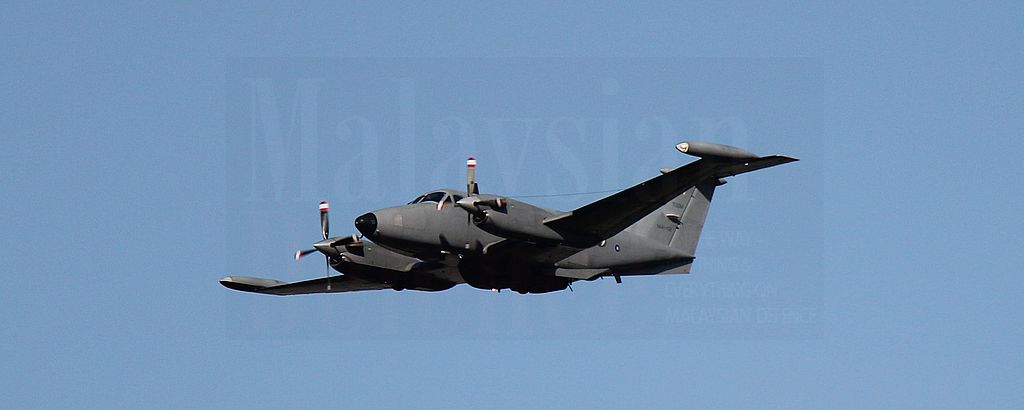
Despite the announcement, the statement left us with more questions than answers. For example, Malaysia has signed a tri-party agreement to conduct joint air patrol in the ESSZone area. With the latest directive does this mean if a CL415 was available for surveillance duties in the area, RMAF has no need to use its aircraft?

It must be noted that MMEA became the single enforcement agency for Malaysian waters in 2011 but this mandate was amended in early 2014 following the incursion into Lahad Datu, a year earlier. By early 2014, the Marine Police which had been reduced to patrol up to the shoreline was directed to return to patrolling the coasts with MMEA and the navy patrolling the open seas.
— Malaysian Defence
If you like this post, buy me an espresso. Paypal Payment

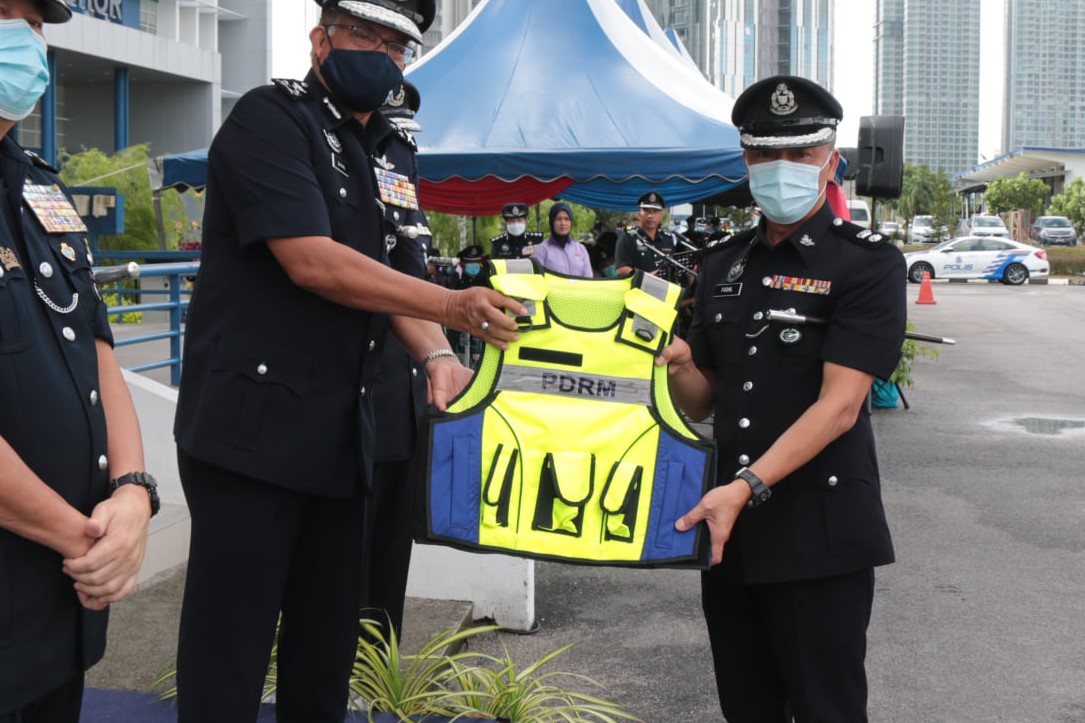
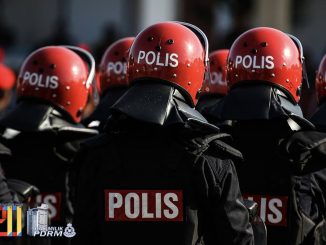

The triparty joint air patrol in Esszone includes phil,indo,mal coast guards?
Reply
No, only the military. That is why I am asking.
Why task a boy to do a man’s job 🙂 ?
Yes this opens up more questions than answers.
If MMEA is the lead agency for airspace surveillance of the country’s maritime domain, what will happen to :
1) TUDM RM2.6billion approval for MPA’s? Do consider MPAs can also be tasked for overland ISR missions.
2) All maritime surveillance aircraft handed over to MMEA??
Reply
If that handed happens expect war…
As for the police beechcraft 350
There are currently 5
9M-PTA up to 9M-PTE
Only the last 2 (PTD and PTE) is equipped with the belly radome. They are assigned to ESSCOM.
The aquisition is very hush2. No idea why this was under police as airborne maritime surveillance is not under police jurastiction in most countries, especially one with a navy and coast guard.
I think the main issues regarding the MMEA is why they are under the Prime Minister Department and not the Interior Ministry (like police) or Defence Ministry for that matter. Why does the PM Dpmnt need their own navy anyway?
Reply
It got nothing to do with that. It was supposed to be the maritime enforcement agency just like police for land but they did not disbanded Marine Police altogether so the ambiguity remains. Its under PM Department as Home Ministry got too many agencies already.
Letting a civil agency as lead in a civil-military team up is something familiar here. Like Emergency, Darurat, Sauk, Lahad Datu, civil agency was lead.
It makes more sense if each agency is coordinated to patrol certain areas or region. Like the PDRM. As thet are assigned to ESSCOM they should remain to patrol the sea off Tawau all the way to kk. From kk to kuching can assign to say the MMEA.
As for SCS the RMAF would be a better agency. The Straits from say Jb to klang by the MMEA heli while klang to langkawi by RMAF again
For now, all the agencies put together don’t have enough assets to meet all our patrol commitments.
“With the latest directive does this mean if a CL415 was available for surveillance duties in the area, RMAF has no need to use its aircraft?”
Would like to know how much control MMEA has over the agencies’ patrol commitments. Something to consider is the agencies still have control of how many aircraft they want to make available for MMEA to control. If the police and RMAF say their aircraft are unavailable due to training or airlift needs then there’s nothing to fly the missions that MMEA wants.
“Why does the PM Dpmnt need their own navy anyway?”
It’s for political reasons. Pushback from the Marine Police shows that if MMEA had been put under the Home Ministry alongside the police, MMEA might not have been given even the insufficient resources it has today.
Since the marine police still patrol coastal areas, if an MMEA or RMAF aircraft spots a surface contact near the coast, the request for surface forces will have to cross agency lines. Hopefully we can do that in good time.
Off topic…
Lurssen wins the Australian Navy OPV tender. They will supply 12 OPV based on the Brunei darussalam class OPV.
https://3.bp.blogspot.com/-s2wRIRS7sDs/WKqR2XERbSI/AAAAAAAAKDQ/sO-v3Z_UYDImsw2xvtlDtnJRmRk01fYjwCLcB/s1600/Lurssen%2BOPV%2B80.jpg
Yep at aud 4 billion in total. QUITE EXPENSIVE
@ kamal
Australian defence aquisition numbers are big because they calculate and pay the whole lifecycle costs (infrastructure, training, spares, service, upgrades etc) into the upfront costs of everything they buy.
Irrespective of which agency is the “lead agency” the main issue to be overcomed is “jointness” or the ability of the MAF to operate seemlessly with the police and MMEA. Even within the MAF the 3 services still have issues working with each other, due to different ways of doing things, incompatible comms, different mindset, etc, and here we’re talking about the MAF operating “jointly” with the police and MMEA – all of whom have their own priorities and seek to justify funding.
The good news is that the RMAF is seeking the RMN’s input with regards to the MPA procurement. In an ideal world the MMEA should be getting more MPA’s and it’s the RMN, not the RMAF, which should operate MPAs but we don’t live in an ideal world.
Having assets from different agencies responsible for specific areas is fine on paper but it doesn’t contribute to “jointness” and it leads to agencies only taking responsibility for their specific areas, not to mention he lack of flexibility. Whether it’s an RMAF or MMEA plane, both should be able to patrol or react to a situation anywhere within our waters, e.g. if an RMAF was searching for something and had to return to base due to lack of fuel, the nearest available asset (regardless of whether RMAF or MMEA) must be able to replace it.